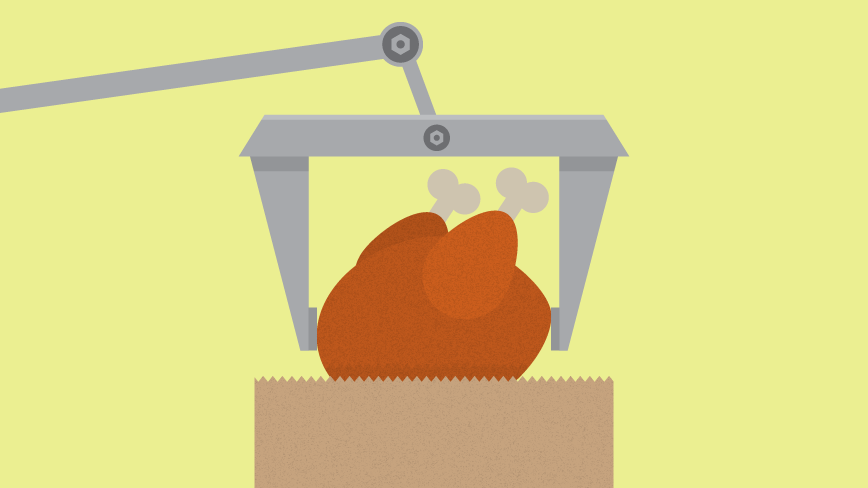Follow how grocery stores use retail marketing technology to keep reinventing themselves, from self-service options and home delivery service to augmented and virtual reality.
The neighborhood grocery store may have a sense of familiarity, but in truth, it has always been changing. For example, when the first Piggly Wiggly opened in 1916, it traded the impassable clerk counter for self-service aisles stocked with goods. Grocery stores, with their high-volume but relatively low-value basket sizes, also helped push forward advancements for efficient checkout and point-of-sale technologies.
While the next generation of grocery store business models might look unfamiliar, they represent more of an evolution rather than a dramatic shift. Keeping that in mind can be difficult considering the absence of familiar elements such as employees or the grocery store aisles themselves.
There are many ways grocery store tech leaps forward while keeping an eye on the past:
Grocery Stores Are a Ghost Town
Walk into certain membership-based grocery chains and you are still likely to hear friendly greetings. Just don’t expect those greetings to come from employees because stores such as Farmhouse Market in Minnesota only staff employees for nine-hour shifts three days a week.
Membership keycards and self-service checkouts allow customers to serve themselves the remaining hours. Theft is kept low by a sense of community propriety, according to owners, as well as a system of cameras.
But these cameras do more than just snoop on would-be shoplifters; they also allow owners and operators to log observations about shopping behaviors. For instance, customers who leave without buying anything could be indicating that a certain item they wanted was not available.
When combined with powerful analytics and data collection technology like facial recognition, operators can optimize each location to fit the needs of its customers with precision.
The Chicken Crossed the Road
To satisfy a growing demand for healthy eating, some tech companies are exploring augmented reality displays to add the nutritional and sourcing information shoppers crave.
An exhibit at last year’s 2015 Milan Expo demonstrated how interactive displays can show detailed nutritional content of items, including the product’s region of origin, any pesticides used in production of the item and an estimated carbon footprint. An app also presented shoppers with item suggestions based on diet preferences, which could later encompass their buying history.
Soda Is Flat and So Is Everything Else!
Large commercial building rentals can add tremendous supermarket overhead. As a result, some companies are figuring out how to save money on that space by losing a dimension.
In South Korea, a British supermarket chain has done just that by filling subway corridors with two-dimensional store aisles. Consumers waiting for their trains can scan QR codes under the shelf item, pay for their basket upon checkout and have their goods delivered to their home later on.
Other online-based home delivery concepts emphasize delivery of local, farm-fresh produce that aims for convenience as well as healthy eating.
As we get ready to invite friends and family over for Thanksgiving and celebrate with meals prepared with many different ingredients coming from all over the place, we can remind ourselves to be thankful for the contributions of grocery retail marketing technology — past, present and future.

